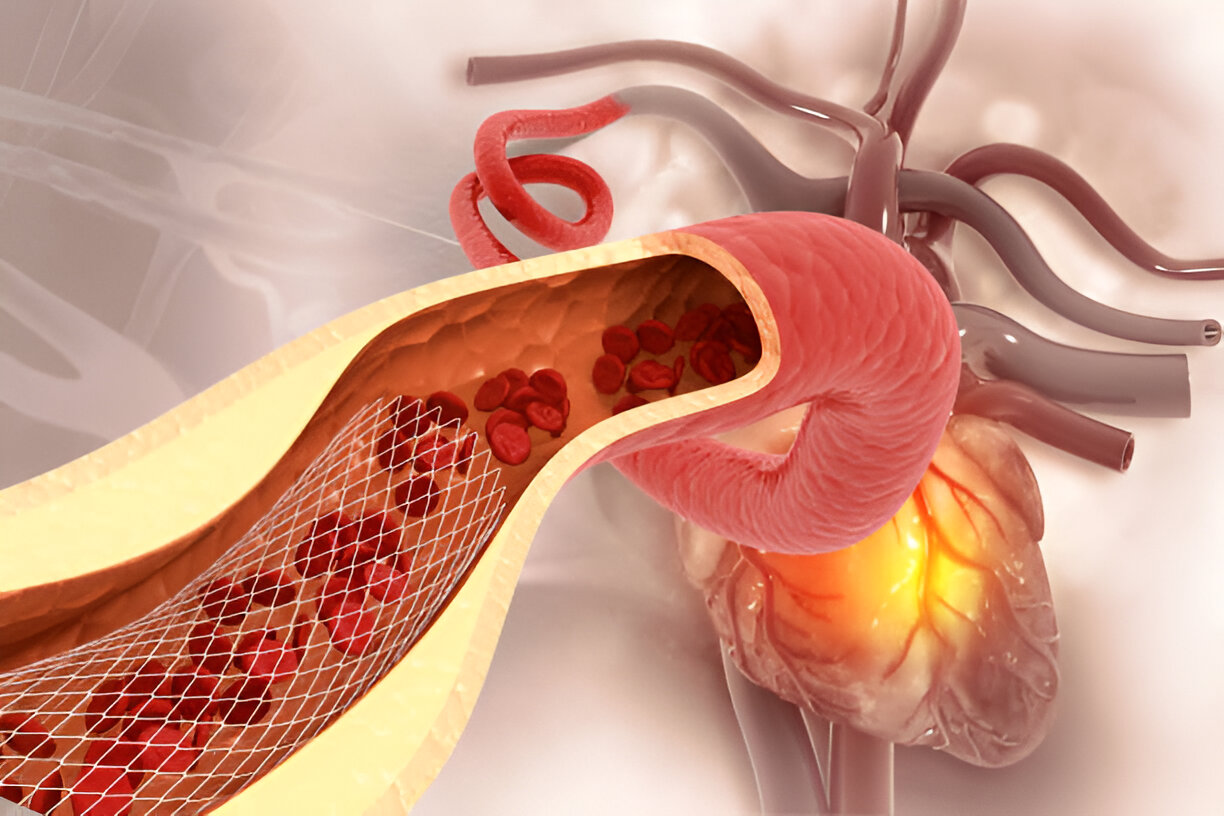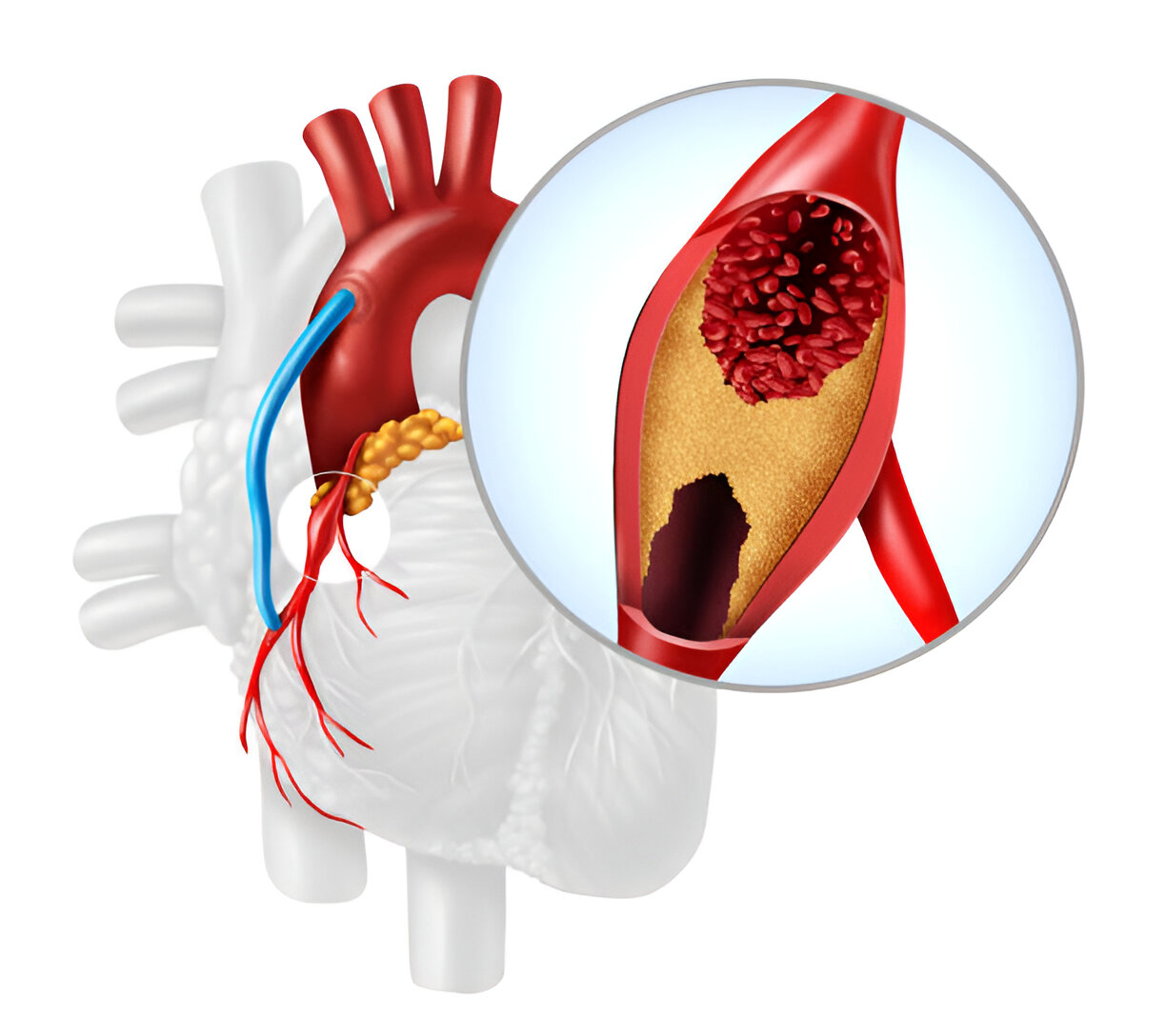Shoulder Replacement Surgery
Shoulder replacement surgery involves replacing the damaged parts of the shoulder joint with artificial components (prostheses) to relieve pain, improve mobility, and restore function. It is typically performed for severe arthritis, fractures, or other conditions that do not respond to conservative treatments. Also known as Shoulder Arthroplasty, it includes several types of procedures depending on the specific condition and patient factors:
Types of Procedures
Total Shoulder Replacement (TSR): In TSR, both the ball (humeral head) and the socket (glenoid) of the shoulder joint are replaced with prosthetic components. The humeral component consists of a metal ball attached to a stem that fits into the upper arm bone (humerus), while the glenoid component is a plastic or metal socket that replaces the shoulder socket in the shoulder blade (scapula).
Partial Shoulder Replacement: Also called hemiarthroplasty, this procedure involves replacing only the humeral head with a prosthetic component while preserving the patient’s natural glenoid socket. It may be suitable for conditions like fractures of the humeral head.
Reverse Shoulder Replacement: In a reverse shoulder arthroplasty, the positions of the ball and socket components are reversed compared to a traditional shoulder replacement. The metal ball is fixed to the shoulder socket, and the plastic socket is attached to the upper arm bone. This type of surgery is typically recommended for patients with severe arthritis and irreparable rotator cuff tears.
Revision Shoulder Replacement: This procedure is performed when a previous shoulder replacement has worn out, become loose, or developed complications. It involves removing the existing components and replacing them with new implants.
Minimally Invasive Shoulder Replacement: Minimally invasive techniques aim to reduce trauma to surrounding tissues and muscles, typically involving smaller incisions and specialized instruments. These approaches may lead to faster recovery times and reduced postoperative pain compared to traditional open surgeries.
Shoulder Resurfacing: In some cases, instead of replacing the entire joint, the surfaces of the humeral head and/or the glenoid socket are reshaped and capped with metal or ceramic implants to improve joint function and reduce pain.
Why Choose Us
Expertise
Our network of orthopaedic specialists is among the finest in the world, with outstanding academic qualifications, clinical expertise, hands-on experience, and significant research contributions.
State-of-the-Art Facility
Our partnered hospitals are equipped with the latest advancements in orthopaedic treatments, including shoulder replacement surgery, ensuring the highest standard of care.
Compassionate Support
Our dedicated team is committed to providing compassionate support and guidance throughout your treatment journey, addressing any questions or concerns you may have along the way.



